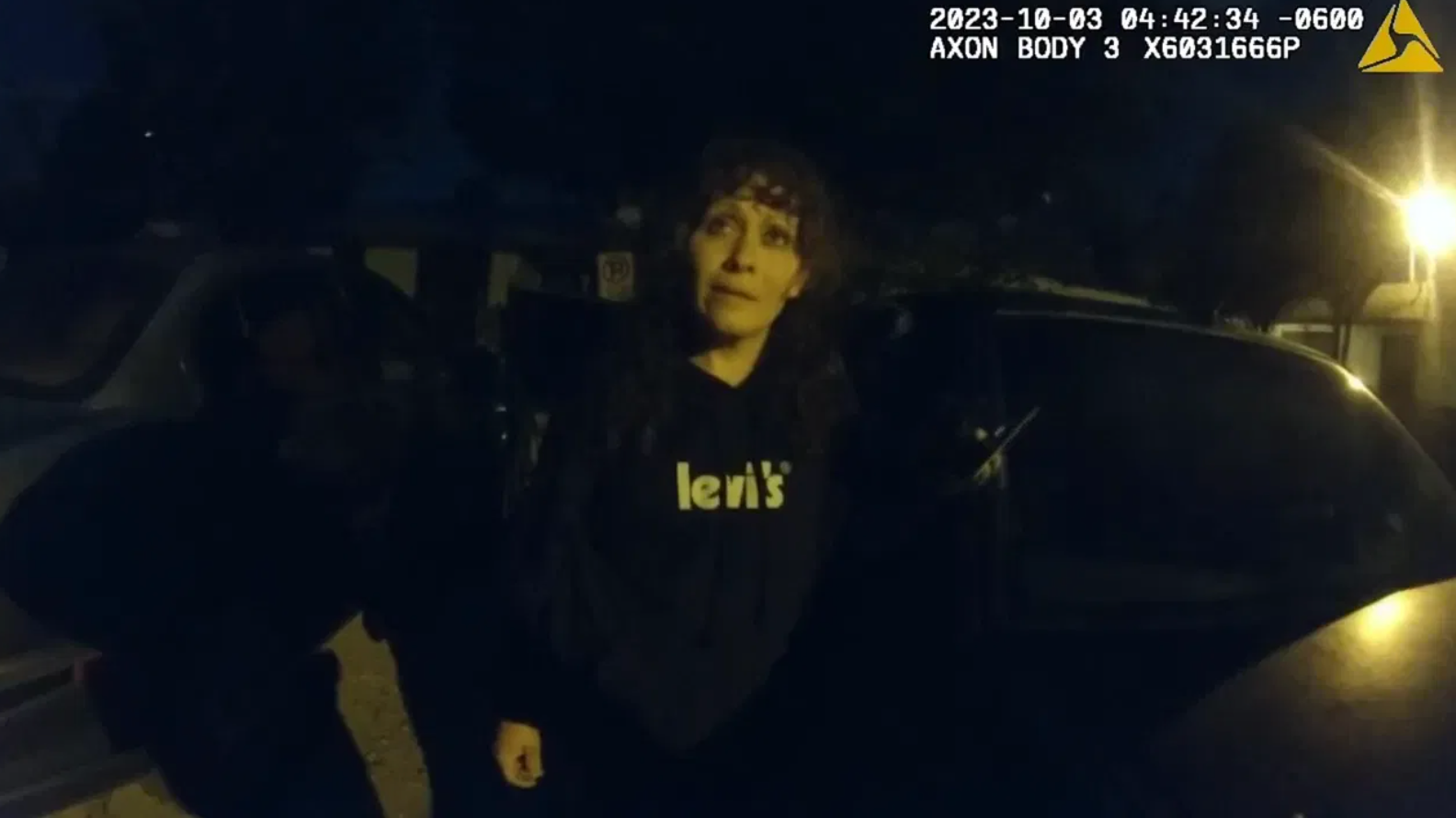$20m settlement highlights nation-leading police violence problem in New Mexico
State leads nation in police shootings per capita but rarely punishes officers

This week, the city of Las Cruces, New Mexico, agreed to the terms of a proposed $20m settlement to the family of Teresa Gomez, an unarmed 45-year-old killed in a 2023 police shooting.
Gomez was sitting in a car outside a public housing complex in the early hours of October 3, 2023, when Felipe Hernandez, an officer on a bike patrol, told her she wasn’t supposed to be outside the complex at that hour and questioned her. The policeman berated the woman, threatening to make her life a “living hell,” according to a lawsuit. As she backed slowly out of her parking space, the office fired three shots, one of which struck Gomez’s lung, killing her.
The proposed settlement, which the city called a reflection of its “profound feeling of loss for the death of Gomez,” is notable for a few reasons. It’s reportedly the largest settlement Las Cruces has ever paid, and it comes as Hernandez, who was relieved of duty in May of this year, faces a second-degree murder trial in 2025 over the incident.
While police prosecutions are rare in New Mexico – and everywhere else in America – officer-involved shootings are not. For years, New Mexico has been one of the places with the highest per capita rate of police shooting people.
In 2024, the state has been the single deadliest place in the country for fatal police shootings, according to the Mapping Police Violence database, with 12.75 people per million killed by police.
The violence disproportionately came down on people of color, with Black people 3.4 times more likely to get killed by police than white people, and Hispanic people 1.5 times more likely, according to the database.
A variety of factors are influencing the high rate of police shootings in New Mexico.
For one thing, there are a lot of guns in the state, amping up the tenor of police encounters. The state ranks in the upper half of gun ownership in the U.S.
The state is "is rural, people rely on self protection,” Maryam Ahranjani, a law professor at the University of New Mexico, told NPR last year, after police in Farmington mistakenly shot someone during a domestic violence call. "It makes sense from a personal safety standpoint that officers want to keep themselves safe too.”
While the state has recently enacted a suite of gun safety laws like background checks on sales and extreme risk laws, earning praise from groups like Everytown for Gun Safety, New Mexico had the third highest rate of gun deaths overall as of last year.
Others have faulted poor accountability and individual police departments for the problem.
Since 2015, the Albuquerque Police Department has been under federal oversight, in part because of its high rate of using force.
Despite the extra scrutiny, in 2022, it shot 18 people, 10 fatally, a total higher than all but that of New York, Houston, and Los Angeles, cities with much larger populations. Between 2015 and 2021, Albuquerque had the second highest rate of fatal police shootings, behind only Las Vegas.
Few officers involved in shootings in New Mexico get punished.
A review found that between 2013 and 2022, a single incident out of hundreds of fatal and non-fatal shootings resulted in criminal charges for the officer involved. Another found that civilians won in less than 20 percent of their attempted complaints about police.
Economic factors could play a role too.
Studies show poverty helps create the conditions that both drive crime and police shootings. In 2023, New Mexico was the third-poorest state in the nation, and the single poorest state outside the South.
In the face of all this police violence, New Mexico has also sought to pioneer new solutions as well.
Albuquerque has one of the country’s most ambitious non-police emergency first responder programs, where non-armed personnel can respond to calls involving the homeless, mentally ill, and those on drugs and alcohol.
The city’s Albuquerque Community Safety department, created in 2020, takes a majority of non-violent calls involving mental and behavioral health crises.
The state isn’t the only one struggling though. Despite a decade of Black Lives Matter activism focused on reforming police departments, 2023 was the deadliest year since 2013 for officer-involved shootings.
